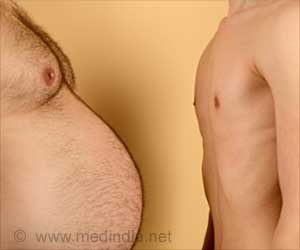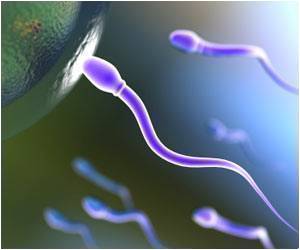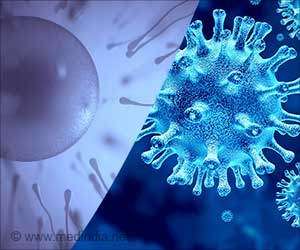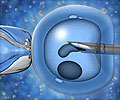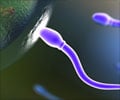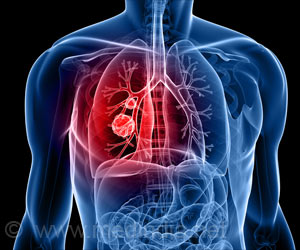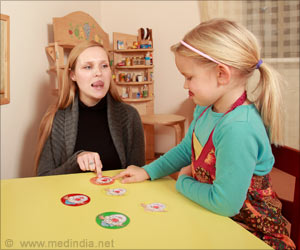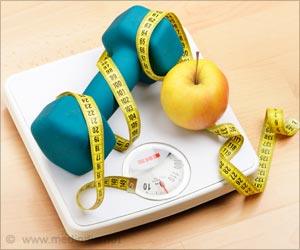Not all men can be sperm donors, only about 4 out of 100 get selected
- An multinational team of researchers tracked the outcomes of almost 11,700 males in Denmark and the United States who applied to be sperm donors
- Less than four out of every hundred men complete the process, have their samples frozen, which and are laterthen released for treatment
- About one-fifth of applicants were rejected because of a health issue or because they were a carrier for a genetic disease
An analysis of the outcome of 11 712 men applying to be sperm donors in Denmark and the USA
Go to source). A team of researchers led by the University of Sheffield, worked with the world’s largest sperm banks, Cryos International, to map the outcome of over 11,700 men who applied to be sperm donors.
Nearly a fifth of applicants (17.41%) were rejected because of a health issue or because they were a carrier for a genetic disorder or had an infectious disease which was incurable.
The data also showed just over one in 10 of the applicants (11.71%) failed a screening questionnaire about their lifestyle and another one in 10 (11.20%) were rejected because their sperm quality was not good enough.
“To our knowledge this is the largest study of sperm donor applicants outside China and given that the UK relies so heavily on imported sperm from the USA and Denmark it is important for us to understand the recruitment processes there and reassure ourselves that they are safe as well as see if there is anything we can do to improve them,” said lead author of the study, Professor Allan Pacey, Professor of Andrology and Head of the Department of Oncology and Metabolism at the University of Sheffield.
International Sperm Donors
Recent studies from the Human Fertilizsation and Embryology Authority have shown that more than half of the new sperm donors registered in the UK were from imported sperm, mostly from sperm banks like Cryos in the US and Denmark (2✔ ✔Trusted SourceTrends in egg, sperm and embryo donation 2020
Go to source).
Since 2006 it has been illegal in the UK to use sperm from donors who are unwilling to be identified to any people born from their donations. Therefore, in the new study, Professor Pacey and the team looked at how many of the donors at Cryos agreed to be identifiable compared to those that did not.
They discovered that more than four in ten donor candidates (41.27%) initially agreed to be identified, and that applicants in Denmark were more likely to agree to sacrifice their anonymity than applicants in the United States.
Anonymity of Donors
Surprisingly, the team found that as the screening and donation process continued, more of the donors who initially wanted to be anonymous, agreed to become identifiable.The study with Cryos highlights how hard it is to become a sperm donor. It’s not like blood donation where once it’s done you can have a cup of tea and go home. Sperm donation is a regular commitment with lots of screening and regular testing as well as life-long implications for the donor if any children are born from their sample.
The donors who initially wanted to remain anonymous, were willing to be identifiable as the screening and donation process continued. This is particularly good news for patients in the UK undergoing fertility treatment, as it is a legal requirement for sperm donors to be identifiable to any children born from their donations.
“If recruitment of donors is done more easily then this can help keep costs down for patients in the UK and elsewhere who often buy donor sperm with their own money because it’s not funded by the NHS.
To be accepted as a sperm donor in the UK, men must be aged between 18 and 45 years old and be fit and healthy with good sperm quality. Donors undergo a range of screening tests for genetic conditions and infectious diseases as well as an analysis of their family medical history.
UK guidelines for sperm donor recruitment are published by the British Fertility Society and the recruitment and use of sperm donors in infertility treatments regulated by the Human Fertilizsation and Embryology Authority (3✔ ✔Trusted Source
UK guidelines for the medical and laboratory procurement and use of sperm, oocyte and embryo donors (2019)
Go to source).
The successful recruitment of sperm donors is essential to provide a range of medically assisted reproduction (MAR) procedures, which rely upon donor sperm. Typically, these include donor insemination, or IVF using donor sperm by heterosexual couples with severe male factor infertility, and increasingly by single women or women in same-sex relationships. Although MAR using donor sperm is highly effective, national legislation typically limits the number of children that can be born from a single donor . Therefore, there is a constant requirement for sperm banks to replenish their stocks with sperm from new donors. For example, it has been calculated that at least 400 new donors are required to be recruited each year to meet the need for donor sperm used in MAR in the UK (4✔ ✔Trusted Source
Fertility problems: assessment and treatment
Go to source).
This study provides evidence to illustrate how challenging sperm donor recruitment processes are, with only a small fraction of those who initially apply ultimately being accepted and having samples certified as safe for use in treatment.
References:
- An analysis of the outcome of 11 712 men applying to be sperm donors in Denmark and the USA - (https://pubmed.ncbi.nlm.nih.gov/36617425/)
- Trends in egg, sperm and embryo donation 2020 - (https://www.hfea.gov.uk/about-us/publications/research-and-data/trends-in-egg-sperm-and-embryo-donation-2020/)
- UK guidelines for the medical and laboratory procurement and use of sperm, oocyte and embryo donors (2019) - (https://pubmed.ncbi.nlm.nih.gov/31169420/)
- Fertility problems: assessment and treatment - (https://www.nice.org.uk/guidance/cg156)
Source-Medindia


